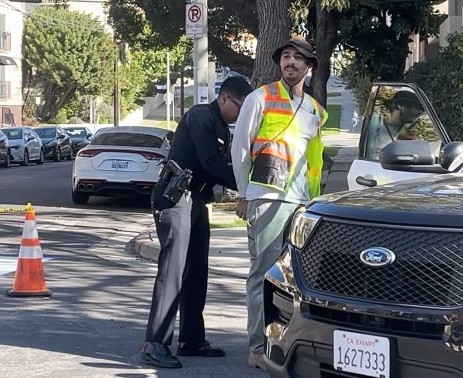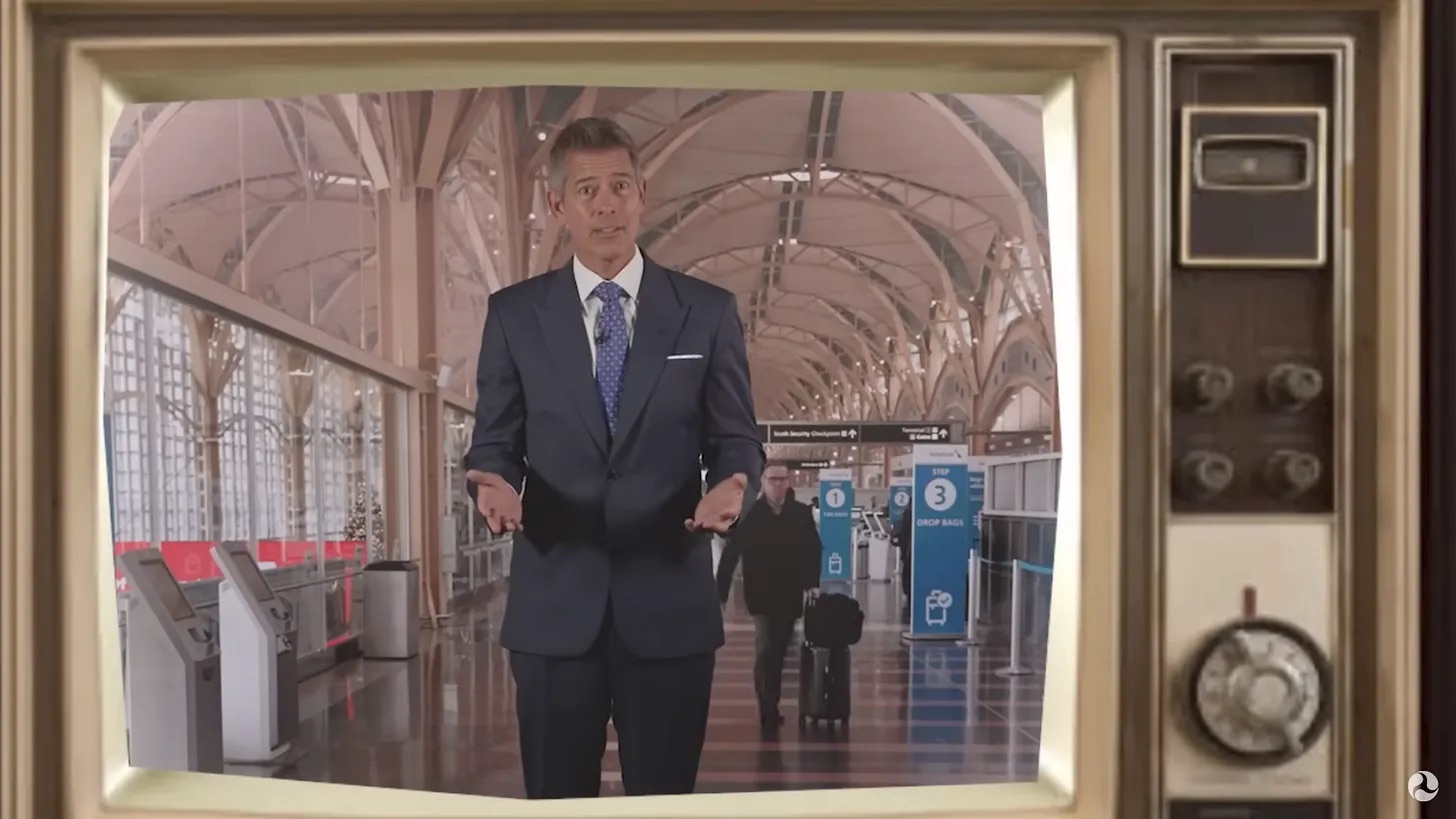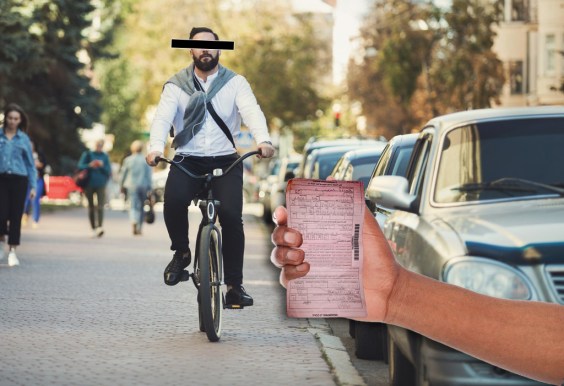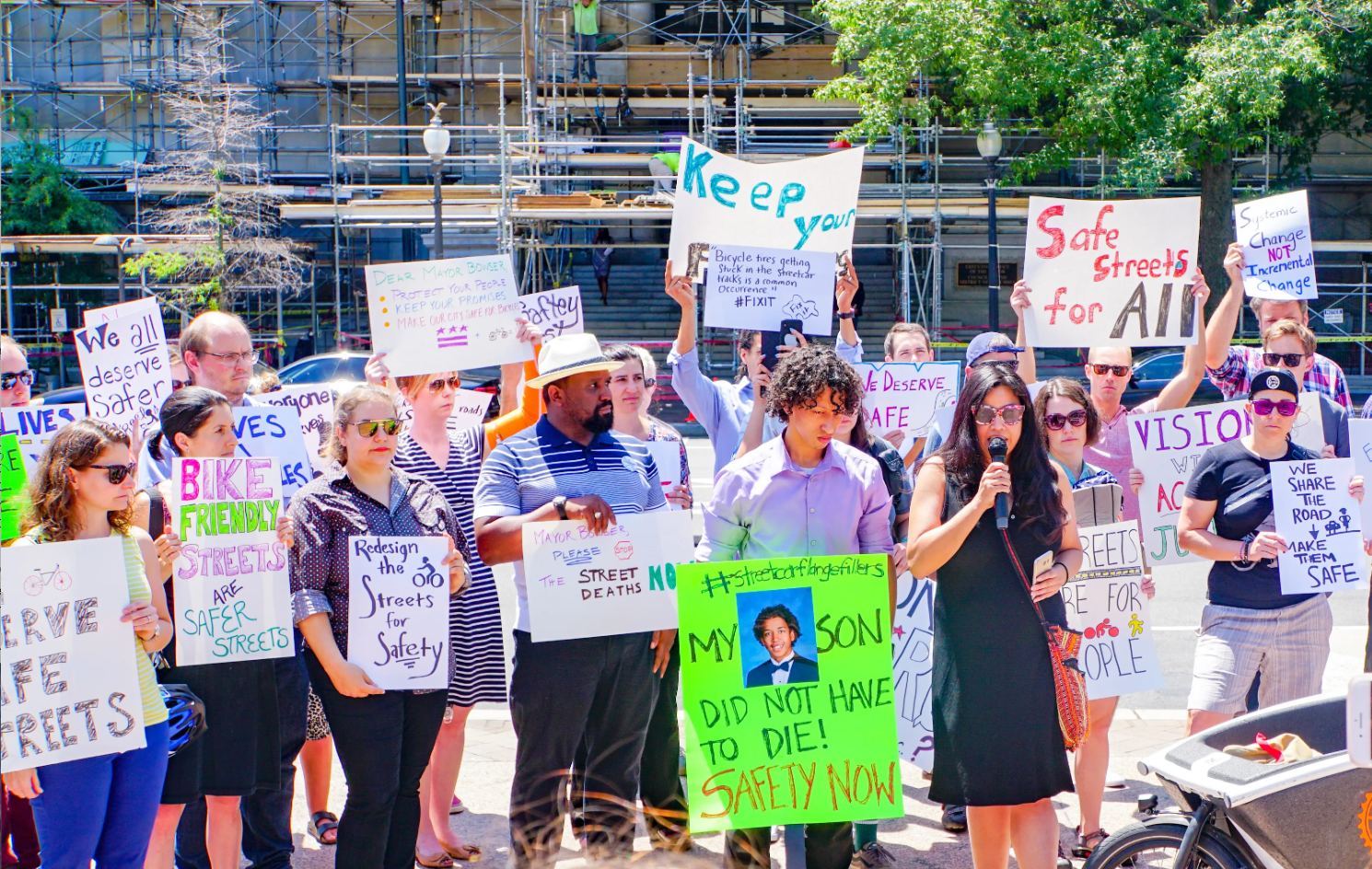In closing his speech to a roundtable on urban and metropolitan issues, given yesterday at the Eisenhower Executive Office Building, Barack Obama quoted Chicago architect Daniel Burnham, who famously urged men to "make no small plans."
It's a nice line for leaders with big goals, but it's worth noting that Burnham wasn't all talk.
 Does Carrion's (above) "listening tour" meet the Daniel Burnham standard? (Photo: Daily News)
Does Carrion's (above) "listening tour" meet the Daniel Burnham standard? (Photo: Daily News)He orchestrated the planning and construction of the Columbian Exposition in Chicago, essentially an entire city built within a city, in a mere three years.
Obama's use of the line, by contrast, comes as he prepares to send his head of the new Office of Urban Policy on a listening tour.
The president's slowness to act is understandable given the constraints he faces: a weak economy, a soaring deficit, a mountain of policy crises to tackle, and an obstinate Senate, among other things.
And he has used the opportunities available to him to push forward important policies.
Obama has done more for high-speed rail investment in six months then his predecessor did in two full terms. Both the stimulus bill and the Waxman-Markey energy bill contain some significant funding for investment in metropolitan economies and infrastructure.
And yet there is ample reason to be frustrated with the administration. As nice as it has been to see the new bilions being directed at rail and transit and cities generally, the amounts at issue are wholly inadequate relative to America's needs.
The transportation funding bill which might have done significantly more to close the gap will likely be delayed -- at the administration's insistence -- for two years, despite the desire of a bipartisan group of bill backers to get reauthorization done this year.
The president seems reluctant to address the inevitable financial question -- how to pay for new investment -- at this time, with so many other contentious topics on the table.
The "never waste a crisis" mentality appears to have been retired; economic challenges haven't been invoked to justify deficit-funding of the bill, nor have they been used to sell the inevitable source of additional transportation money -- an increase in gas taxes or highway user fees.
And while the administration is wringing its hands over the fact that stimulus money allocated to states has not been allocated to metropolitan areas in appropriate proportions, it doesn't seem too interested in doing anything about the issue.
As Elana Schor reported yesterday, Transportation Secretary Ray LaHood is now urging states to send more money to cities, a plea that's easy enough to ignore.
If the administration has made the political determination that real transportation reform and investment isn't possible at this time, then I have no reason to challenge that assessment; I'm no political guru.
At the same time, that acknowledgment ought to be accompanied by efforts to do as much as possible with currently available tools. That means using government tools to create the proper incentives for state and local investment. Use the U.S. DOT's discretionary tools to provide the necessary carrots and sticks.
It also means laying the institutional groundwork for later resolution of tricky transportation funding issues. It is going to be very difficult to convince the American people to pay more for transportation. Doing so is the work of years.
The president seems unwilling, so far, to use his bully pulpit to influence active legislation. Fine. Can he not take the time in speeches such as yesterday's, then, to bluntly state the obvious? Higher gas taxes don't argue for themselves. Someone influential has to do it for them.
Reform doesn't happen magically. If the president feels that now is not the right time for an overhaul of the transportation funding rules or of metropolitan policy more broadly, then that's his judgment. But we need to see the groundwork being laid for later efforts.
Maybe the money directed toward rail is a step in that direction, but the hardest questions all center on long-term funding. Eventually that stone must be rolled up the hill, and the longer we wait to get started, the harder the going will be.





